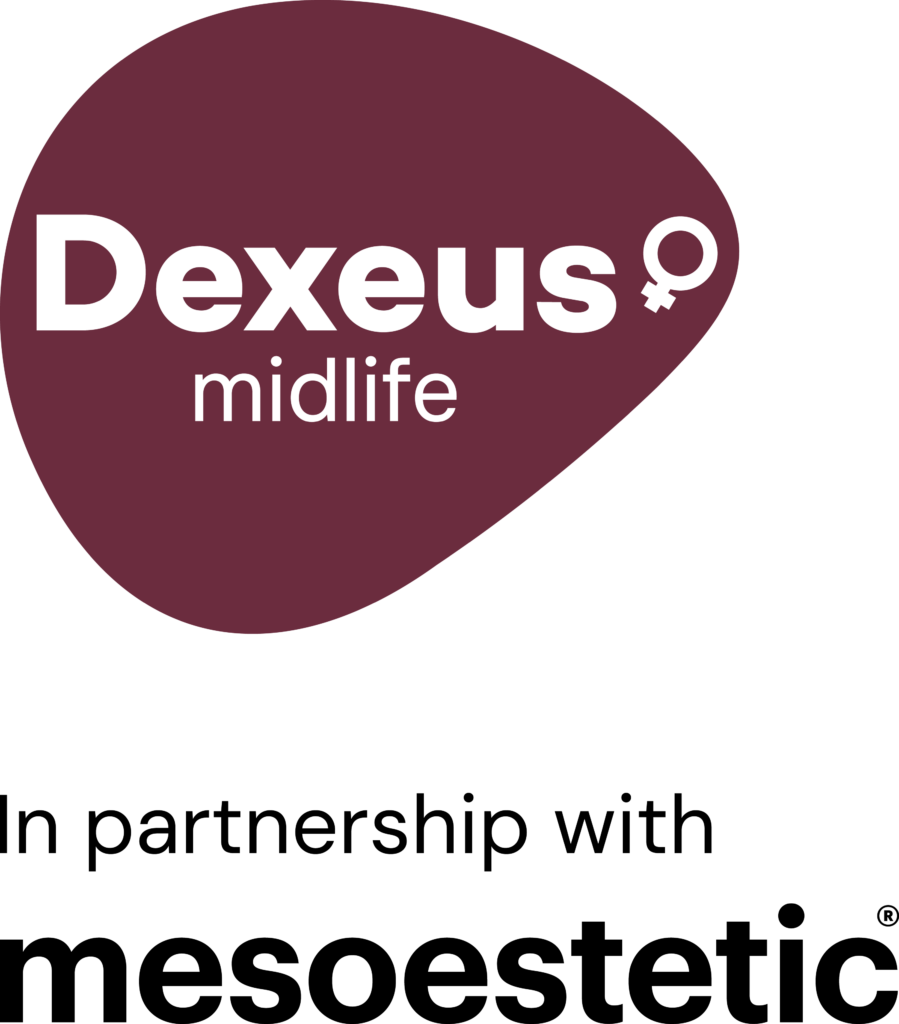During menopause, there is a decrease in the production of oestrogen, which is responsible for maintaining vaginal trophism (elastic and lubricated vagina with greater circulation). When lubrication decreases, vaginal dryness occurs and, since there is less elasticity, penetration is painful. Muscle contractures that occur secondary to pain are often seen. All these changes influence sexual relationships because they make penetration difficult, making even contact painful and can cause discomfort when exercising, sitting or using the toilet. This problem may also occur in women who experience premature ovarian failure naturally or after chemotherapy or radiotherapy to treat cancer.
Similarly, breastfeeding and the use of hormonal contraceptives can cause vaginal dryness, due to the reduction in the production of oestrogen that they entail. Painful scars after childbirth, vaginismus and conditions such as lichen sclerosus et atrophicus can also make penetration difficult and cause pain
If you find yourself in any of these situations, consult a specialist, because there are multiple treatments to solve this problem.
Treatments to avoid sexual pain
At Dexeus Midlife we offer innovative treatments to promote tissue regeneration, improve vaginal hydration and lubrication and restore the normal function of the genital area.
Functional recovery laser treatment
Functional recovery laser treatment
Laser treatment induces a regenerative response at the cellular level that favours the synthesis of collagen and vascularisation of tissues,...
Read moreFunctional Magnetic Stimulation Chair
Functional Magnetic Stimulation Chair
Functional magnetic stimulation is a technique that uses electromagnetic fields of different intensity to tone the pelvic floor muscles....
Read moreVulvovaginal hydration
Vulvovaginal hydration
Treating the genital area with hyaluronic acid is one of the techniques we can use to hydrate the vulvovaginal area...
Read moreBio-regeneration with platelet-rich plasma (PRP)
Bio-regeneration with platelet-rich plasma (PRP)
Platelets are cell fragments present in blood plasma that naturally activate tissues' regenerative capacities. Therefore, they are used for therapeutic...
Read moreCarboxytherapy
Carboxytherapy
It consists of the infiltration of carbonic anhydrase (CO2) in tissues to promote an increase in blood circulation and to...
Read moreFat grafting
Fat grafting
It is applied in the urogenital area to stimulate tissue regeneration. It improves hydration, tone and lubrication of the vulvovaginal...
Read moreRegenerative mesotherapy
Regenerative mesotherapy
It is a medical technique that allows you to take vitamins and active substances through dermis microinjections into the skin...
Read moreRadiofrequency
Radiofrequency
Radiofrequency is a cell activation therapy that stimulates the formation of collagen and elastin and increases blood flow, which makes...
Read moreFAQs
How do you choose the treatment to be followed?
The treatment will depend on each case and the cause. Regenerative treatments are a good option for patients who do not have a record, do not have a good response to other products, have very severe atrophy or have contraindicated hormonal treatments.
- If the pain causes muscle contractures, physiotherapy will be the first option.
- If the cause is hormonal or due to lack of lubrication, the treatment consists of using moisturisers or hormonal treatment, which can be vaginal or oral, and lubricants during sexual intercourse. There are specific products for hydrating and lubricating this area, which are odourless, colourless and have a very smooth texture.
- When we face conditions such as vaginismus or vulvodynia, treatment is usually multidisciplinary, often involving psychology and physiotherapy. Within regenerative and functional gynaecology, treatment with botox or procaine infiltration can be beneficial.
- If the patient has lichen sclerosus et atrophicus, the aim is to regenerate that tissue to strengthen it, as well as to control its inflammation and to curb the progression of the condition with different techniques.
Can more than one treatment be applied?
Yes, in fact, it is quite common, as many act as supplements.
Does the history of any surgical intervention in childbirth, such as episiotomy, increase the risk?
Yes, but not necessarily. It depends on the laxity of the tissues, the wound and its healing. Following medical indications, recovery is usually good, although a scar that was not painful may start to hurt during menopause.
In the event of recurrent vulvar fissures, can these treatments also be applied?
Yes. Although the cause of these fissures must first be sought, and then the quality of that skin that breaks when stretching must be improved with regenerative techniques.
If I have vaginal dryness due to menopause, how long should I follow a course of treatment?
Treatment must be followed for life, because oestrogen production cannot be recovered. The more you persevere, the better the results will be. Regenerative treatments may require some reinforcement sessions that must be performed periodically, depending on each case. It is usually in a range of 6 to 12 months.

